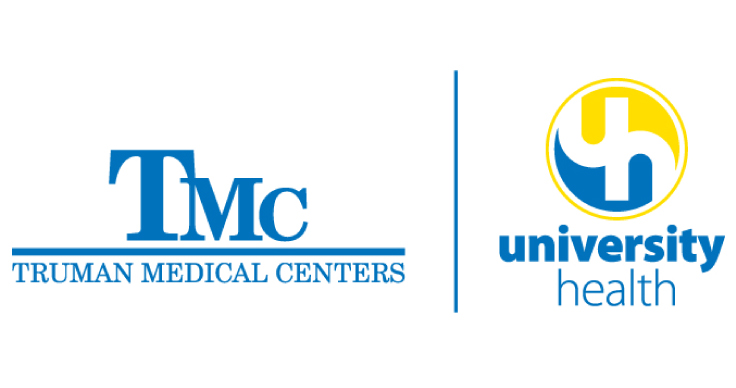Leaders at Cerner ITWorks℠ client Truman Medical Centers/University Health (TMC/UH) have long been aware of excessive pop-up alerts related to medication clinical decision support (mCDS).
The mCDS functionality displays alerts such as duplicate therapy, drug-drug and drug-allergy interactions. Some of these alerts can be filtered to fit the needs of providers while assisting in clinical decision-making. When providers, pharmacists and nurses see excessive alerts in the electronic health record (EHR), they might ignore the alerts.
To combat alert fatigue, TMC/UH staff worked with Cerner Continuous Improvement Delivery (CID) services to help reduce the mCDS alert rate by 77%.1
Jeffrey Hackman, MD, Chief Medical Information Officer and Medical Director of Quality said he found it “appealing” when the Cerner team approached him about reducing excessive alerts.
“Joel Nespory and the Cerner team made that fairly simple by providing recommendations about settings in the various applications, as well as offering suggestions for particular medications or medication combinations,” Hackman said. “Our pharmacy experts helped tweak our environment and how we use medications.”
TMC/UH and Cerner CID services began working in February 2021 to optimize the alerts providers and pharmacists received, reducing the unnecessary alerts.
“Our idea was to cut alerts back to the point where, if you see one, there's something important to look at,” said Jodie Ashleman, Pharm.D., BCPS, CPHIMS, Information Technology Pharmacist. “Instead of allowing staff, including pharmacists, to brush off alerts, they now must provide a reason. That's helpful for us because we can go back and see what the system and the user overrode.”
Pharmacists experienced an 86% reduction in mCDS alerts per day.2 Providers saw 72% fewer alerts3, and nurses saw 48% fewer alerts.4
“It's exciting to see an engaged team of around 10 pharmacists providing input to their day-to-day workflow," said Joel Hennenfent, Pharm.D., MBA, BCPS, FASHP, Vice President Pharmacy and Professional Health Services. “We then saw outcomes with less notifications and less interruption. Staff can move through their work more quickly and focus on more important patient care topics beyond alerts that were not needed.”
In total, the project helped lead to an average of more than 56,000 mCDS alerts suppressed per month.5
According to Ashleman, the most noticeable alert reduction was due to implementing PowerPlan™ Filtering for Truman’s alcohol withdrawal protocol, which eliminated three to six alerts every time it was ordered.
“Not having to look at that on a large number of our patients who get admitted is a huge number of avoided alerts,” Ashleman said. “I didn't realize how many alerts we were actually seeing all day until I didn't see them anymore.”
“The effect of eliminating alerts from our PowerPlan solutions has been the most dramatic. Those evidence-based PowerPlan solutions have gone through multiple levels of review so we know they’re safe and the alerts were unnecessary,” Hackman said. “The alcohol withdrawal order set contained by far the most alerts, but several other order sets generated a lot of alerts as well. Eliminating them made a huge impact.”
Some data for this story was sourced from Cerner Lights On Network® and Cerner Advance.
1Comparing 1.79 mCDS alert rate measured from January-March 2021 to 0.41 mCDS alert rate from May-July 2021.
2Comparing an average of 149.3 mCDS pharmacist alerts per day from January-March 2021 to 20.8 alerts per day from May-July 2021.
3Comparing an average of 20.9 mCDS provider alerts per day from January-March 2021 to 5.7 alerts per day from May-July 2021.
4Comparing an average of 5.6 mCDS nursing alerts per day from January-March 2021 to 2.9 alerts per day from May-July 2021.
556,398 alerts per month, for a total of 169,194 suppressed alerts overall from May-July 2021.
For more information about Medication Clinical Decision Support, visit our Model Experience Page.




